-

18 January 2023
Orkin acquires north west-based Pestproof
Press release: US-based Rollins Inc, best known for its subsidiary pest control brand, Orkin, finalised the acquisition of Pestproof Ltd, based in Manchester.. More
-

25 November 2024
Orkin appoints new health and safety head
Orkin UK has appointed Steve Beard to the newly created role of head of health, safety and compliance.. More
-
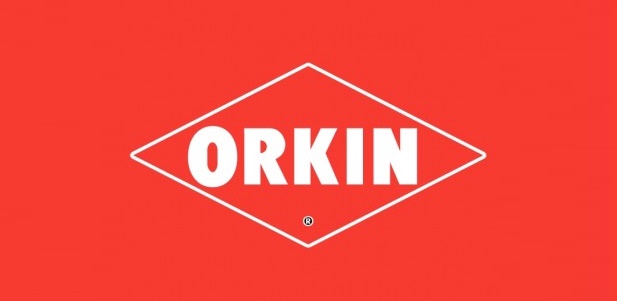
29 June 2016
Orkin enters UK market with Safeguard buy
US pest control giant Rollins Inc, owner of the Orkin brand today announced that it has purchased the stock of BPCA Member Safeguard Pest Control and Environmental Services Limited, operating in greater London and Southeastern England.. More
-

19 May 2023
Orkin expands into Thames Valley with acquisition of Vermatech
US-based Rollins Inc., best known for its subsidiary pest control brand Orkin, finalised the acquisition of Vermatech Pest Control Ltd. . More
-

12 July 2022
Orkin expands into Wales with Europest acquisition
Press release: US-based Rollins Inc, best known for its subsidiary pest control brand, Orkin, finalised the acquisition of Europest Environmental Services.. More
-

11 November 2022
Orkin to attend Falconry Festival races
Press release: Birds of prey used at Orkin’s UK operations have been invited to compete at the King Abdulaziz Falconry Festival held in Saudi Arabia in December this year.. More
-

25 September 2024
Orkin UK expands legionella division with acquisition of DCS
Guardian Legionella Services has bought Descale and Chlorination Services Ltd (DCS) in a move that strengthens the legionella division of Orkin UK.. More
-

29 May 2024
Orkin UK expands with the acquisition of Bird & Pest Solutions Limited (BPS)
PRESS RELEASE Orkin UK has announced the acquisition of Kent-based Bird & Pest Solutions Limited (BPS).. More
-
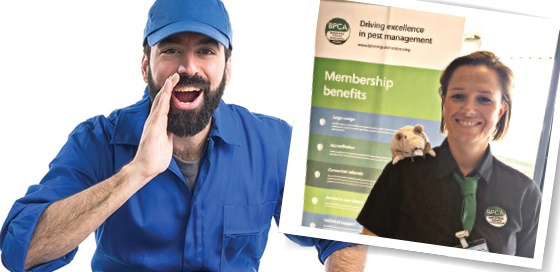
16 November 2017
Our shouting is being heard! BPCA visits BRC
As you would have read in the last edition, we are now in a great position to tell everyone about the high standards that our membership is assessed against, and what it means to be a BPCA member.. More
-

07 November 2017
Outbreak of plague in Madagascar
The World Health organisation (WHO) has delivered millions of doses of antibiotics to fight the outbreak of plague, which has already claimed the lives of 33 people.. More
-
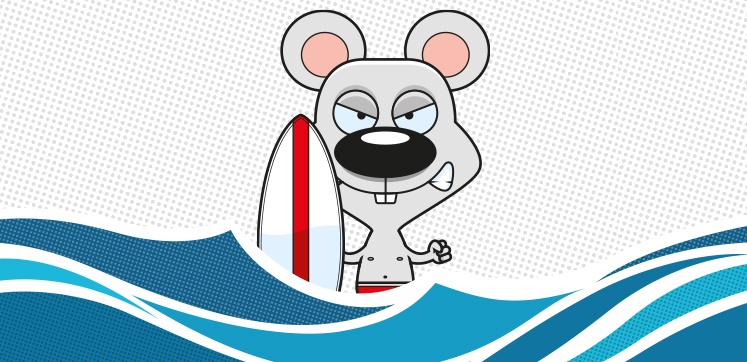
31 October 2022
Owning a pest control business - when do you break-even?
Blu Bookkeeping help you figure out finances for your pest control business.. More
-

04 April 2018
Oxford Direct Services to generate £10.4m for council services over next 4 years
BPCA Servicing Members Oxford Direct Services, the commercial division of Oxford City Council, plans to deliver £10.4m in value back to the Council over the next 4 years, which can be put towards council services.. More
-
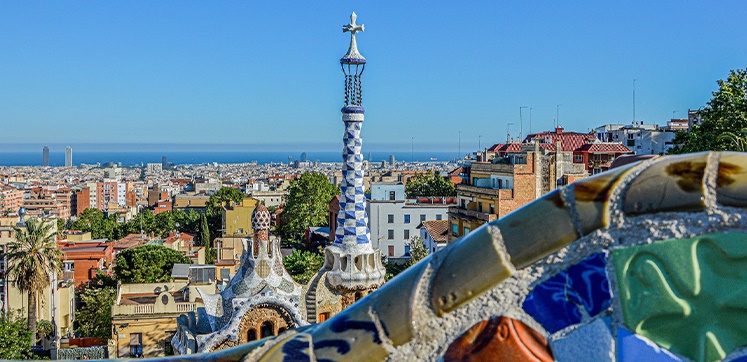
06 October 2021
Paper submissions sought for ICUP 2022
All those keen to submit an abstract at the upcoming International Conference on Urban Pests (ICUP) are now invited to do so.. More
-

08 October 2019
Parasite pests can pose problems for people and pets
Pest control experts are urging people to be aware of the threat to health posed by fleas.. More
-
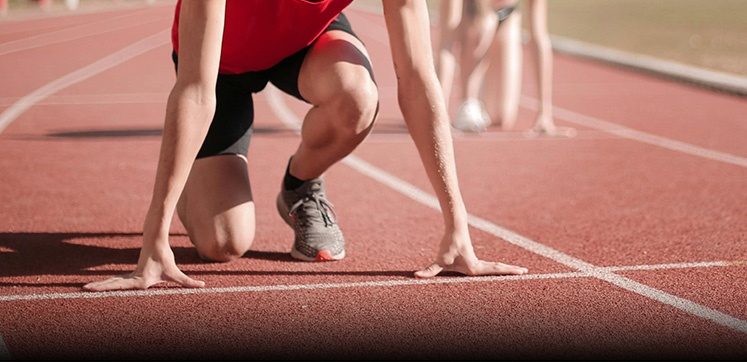
31 July 2024
Paris 2024 athletes first to use new rapid bed bug detection technology
Athletes at the 2024 Paris Olympics are among the first users of the consumer BugScents™ Sentry product for early detection of bed bugs.. More
-

09 January 2023
Patented pest management products now available direct from IPS
Press release: It is now possible to purchase the CLTab and SPTab solutions under the Insectrac brand name directly from IPS, the manufacturer.. More
-
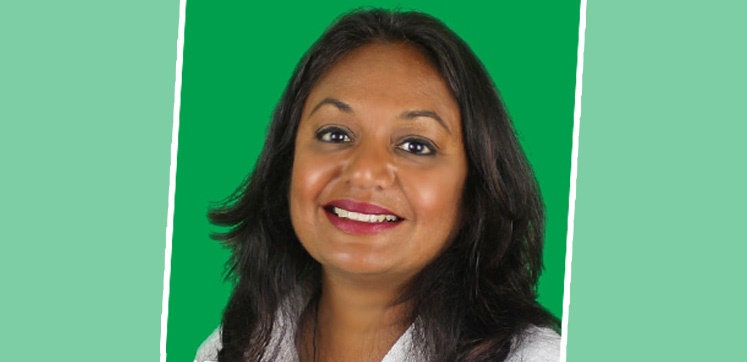
26 July 2022
PelGar International appoints Zeenat Turner as Marketing Manager
Press release: PelGar International continues to consolidate its team with the recent hire of Zeenat Turner as Marketing Manager.. More
-

25 March 2020
Pelgar warns of increase in pests during lockdown
BPCA member Pelgar says pests will flourish during the Coronavirus outbreak lockdown. . More
-

06 July 2020
PelGar's Church Farm operations to end
BPCA member PelGar will cease all pest control training and R&D activity at Church Farm training center later this year.. More
-

11 December 2025
Pelsis - rodent and silverfish solutions
ADVERT: Sleek trap for catching common and long tailed Silverfish.. More
-

03 May 2024
Pelsis Academy - Take control of the way you learn
Pelsis introduce The Pelsis Academy. Enhance your pest control knowledge with access to the new online learning library.. More
-

08 February 2021
Pelsis acquires French pest control supplier Edialux
BPCA member Pelsis Group has acquired the top French pest control product distributor as part of its international growth strategy. . More
-

17 January 2022
Pelsis acquires insect pest control systems manufacturer
Press release: BPCA member Pelsis Group has purchased West Midlands-based manufacturer Brandenburg for an undisclosed sum. . More
-

11 January 2016
Pelsis acquires Tanaco
The Board of Directors of the Pelsis Group are delighted to announce the acquisition of Tanaco A/S of Esbjerg, Denmark, with immediate effect.. More
-

28 August 2018
Pelsis and Curtis Gilmour announce joining of brand portfolios and operations
The Directors of Pelsis Holdings (UK) Ltd and Curtis Gilmour Inc. are pleased to announce that an agreement has been reached to bring together the brand portfolios and operations of the two companies with immediate effect.. More